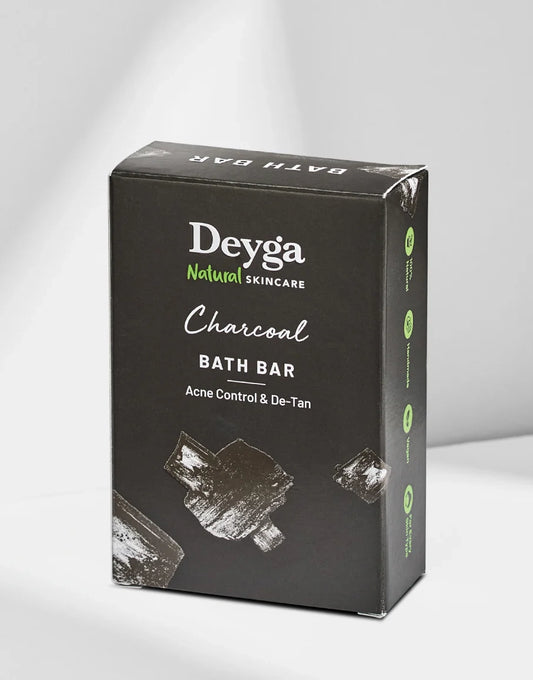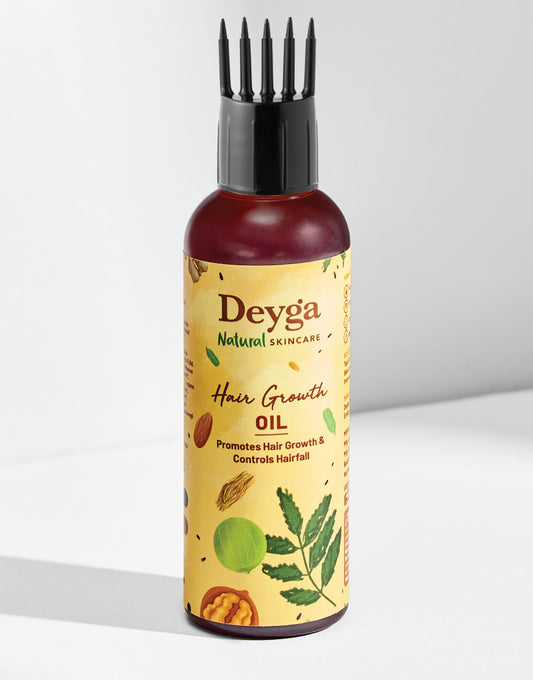We definitely live in the world of hyperreality where airbrushed images and flawless skin is a defined standard of beauty. But is it really true? It's high time we shift our perspective to what’s real not what we have been watching on Instagram! And with today’s blog, let’s start with stretch marks.
Understanding Stretch Marks:
Stretch marks, scientifically known as striae, occur when the skin stretches or shrinks rapidly, causing the underlying connective tissue to become damaged. This can happen during puberty phase in adolescence, pregnancy, rapid weight gain or loss, or simply as our bodies change over time. The truth is, nearly everyone experiences stretch marks at some point in their lives, and they are nothing to be ashamed of.
Rather than fearing them, let's celebrate their presence as a testament to the journeys our bodies have taken.
How are the Stretch Marks formed in the first place?
It’s all about the skin in the skin! The skin is composed of three primary layers:
Epidermis: This is the outermost layer of the skin, providing a protective barrier against environmental factors.
Dermis: The dermis is the middle layer of the skin, containing connective tissues, blood vessels, hair follicles, and sweat glands. It's responsible for providing strength and elasticity to the skin.
Subcutis (Hypodermis): This is the deepest layer of the skin, composed mainly of fat and connective tissue. It serves as an insulating layer and provides cushioning.
Stretch marks develop in the dermis layer of the skin. When the skin is stretched rapidly beyond its normal limits, the connective tissue fibers (collagen and elastin) in the dermis can become damaged or disrupted. This results in the formation of thin, scar-like streaks or bands visible through the epidermis.
The initial appearance of stretch marks is often characterized by inflammation and a reddish or purplish color due to blood vessels showing through the thinned dermis. Over time, as the inflammation subsides and the blood vessels contract, the stretch marks typically fade to a lighter, silvery color.
Is it necessary to treat them?
Of course not! It’s your body and your choice what you want for it. Don’t let any pressure push you towards making a decision. The highlight of our today’s blog is exactly this! Treat it or not, you must be satisfied with it.
If you have them and you decide to live with them, we are proud of you! Thank you for being you. But if you want to treat them, it’s your choice. There are an array of options you can choose from. Comfortable DIYs to professional treatments including microneeding and surgical procedure, it’s all available out there!
What’s the cost effective way to treat Stretch Marks?
Simple DIYs can also treat stretch marks, guys! Yes, it would test your patience for sure but then yield results you will be content with. You need just a few ingredients we’re mentioning below with a rather more important thing, CONSISTENCY! If you can swear by this, then the DIY mentioned below is going to surprise you!
Ingredients you’ll need:
Coconut Oil : Rich in moisturizing fatty acids and antioxidants.
Almond Oil : Contains vitamin E and essential fatty acids for skin nourishment.
Aloe Vera Gel : Soothes and hydrates the skin, aiding in healing.
Lemon Juice : Provides natural exfoliation and skin-brightening effects.
Flaxseed Oil : Rich in omega-3 fatty acids and antioxidants, supports skin repair and elasticity.
Step 1:
Take 2 tablespoons of coconut oil.
Add 1 tablespoon each of almond oil and flaxseed oil.
Mix in 2 tablespoons of fresh aloe vera gel.
Optionally, add a few drops of fresh lemon juice for skin-brightening effects.
Step 2:
Combine and stir all the ingredients thoroughly until you achieve a smooth, consistent mixture.
Application:
Start by cleansing the affected area with a mild soap and water, then pat dry with a soft towel.
Using clean fingertips, apply the mixture to the stretch marks.
Gently massage the mixture into the skin using circular motions for 5-10 minutes to promote absorption and stimulate circulation.
Guys!! Massage really well! Massage is key here!
Leave the mixture on for at least 30 minutes to allow the skin to absorb the beneficial nutrients (you can also leave it overnight, it’s your choice).
After 30 minutes, rinse off the mixture with lukewarm water and pat your skin dry. Then follow up with a light application of coconut oil or your favorite moisturizer to lock in hydration.
Repeat this process everyday and you’ll definitely see visible results within a month!
To get your hands on the ingredients you can move to the product section of the official website of Deyga Organics.
Stay true to yourself! Stay beautiful!

 Track My Order
Track My Order











